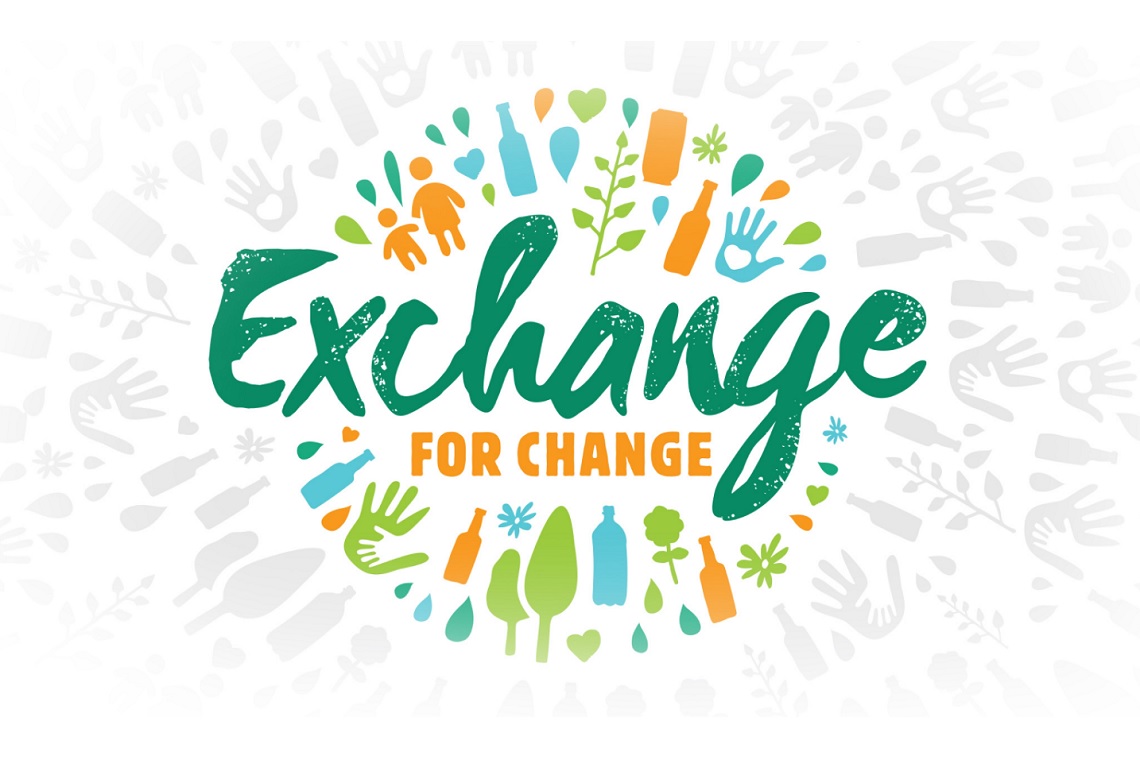The ACT Government has held an industry information session in Canberra this morning, which has revealed many of the details for the territory’s forthcoming container deposit scheme.
The first part of the presentation focused on supplier definitions and the subsequent responsibilities on the suppliers in terms of invoicing, fees and definitions.
Speaking at the event, Exchange for Change also highlighted some of the ways that the ACT scheme will differ from the highly-criticised scheme in NSW.
“The invoice that will be sent to suppliers on the first of July is for the month of July. This is different to the NSW Scheme, as the advanced contribution is actually being paid in the month that the contribution applies to. In NSW the contribution is for a month later. One of the benefits of this is that it shortens the cycle from a cashflow perspective.”
Exchange for Change also revealed the details of the costs for the scheme in the ACT, with all containers being charged at 9.940 cents for July, 10.192 cents in August and 10.445 cents in September.
Chief Executive Officer of Exchange for Change, Peter Bruce, added: “One of the important things to note is that if you are currently a customer of Exchange for Change in New South Wales, you will receive two invoices every month; one for NSW and one for ACT, they need to be paid separately as they will be going into different accounts.”
Bruce also told the session about some of the key differences between the scheme in NSW and the new scheme starting in the ACT.
“Containers can be returned on the first day of the scheme and that’s the earliest that prices to consumers will change,” Bruce said.
“The beverage industry doesn’t see a price change on 2 July and consumers can start returning their containers on 30 June, so there shouldn’t be any price change of a container, at a retailer, that’s associated with the CDS until you can start returning those containers.
“The scheme pricing is significantly lower in the first three months of the scheme, than they were in the first three months of New South Wales. And that means the size of the true-up process, we expect to be significantly smaller as a percentage.
“Crushed and damaged containers can be returned, as long as we can identify that they are an eligible container. The collection points will predominantly be face-to-face, so you will actually have someone there that you will be interacting with. This should address a lot of the issues around litter, whether a container is crushed, whether you’ve got a disability and struggle to access the return point. By being face-to-face all those things are addressed.”
Bruce then told the session about the critical milestones for the scheme, saying: “First of June you have to have your contracts signed and they have got to be with us. You can start that process now, go onto our website, enter your details and begin that contract signing process.
“Fifteenth of June you have to update your historical volumes. Just on historical volumes, what we are going to do is if you are a supplier in NSW, we will take your NSW volumes, apply a six per cent factor to that and put them into our system as an approximation. What we want you to then do is to check if our approximation is correct or not. But we need to have some data in there and that is the mechanism we will be using. But we are really keen for you to check that your data is correct so that your invoice is as accurate as possible.
“Thirtieth of June the scheme commences so containers can start to be returned; second of July the first invoice goes out and by the ninth of July you have to have paid that invoice.”
The session also heard from network operator, Re.Group, who will be operating the scheme’s collection points and who explained what they will be doing differently in the ACT. TheShout will be reporting on these points in a separate story.

